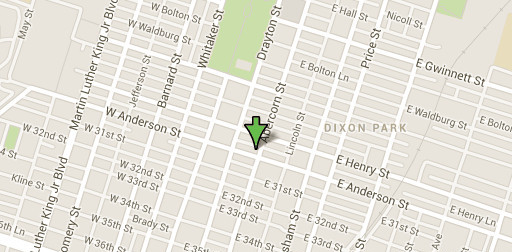People are often confused about their headaches. They know they hurt, but they don’t know whether they have tension headaches or migraines. The good news is that you can often tell the difference, which can direct you toward proper treatment. Here’s a quick guide to distinguishing these two types of headaches.
Identifying Your Headache before It Even Starts
There are many ways to tell if you have migraines even before the headache begins. One big distinguishing factor is whether other people in your family have had migraines. Nearly all (about 90%) of migraine sufferers have a family history of migraines.
Some people with migraines also experience what is called a prodrome. In the prodrome, people experience a number of symptoms that are related to the migraine. These may include:
- Sleepiness or fatigue with frequent yawning
- Unusually high energy, or, paradoxically, depression
- Irritability
- Unusual thirst
A prodrome is a sure sign that you have migraines, but not having a prodrome doesn’t necessarily mean you don’t have migraines.
Aura is another sure sign of migraines. Aura is usually a visual phenomenon, such as hallucinated bright lights, wavy lines, or even vision loss, but if can affect other senses. Some people report strange smells or sounds, even strange tactile sensations related to their migraine. Unusually, people may experience cognitive difficulties as part of their aura.
With migraines, it’s often easy to identify specific triggers, such as certain foods, that lead to migraines.
Tension headaches have fewer unusual symptoms in the buildup to the headache. Most often, you may notice increased stress and behaviors related to increased stress, such as teeth grinding and clenching. You might also notice tension in other muscles, including the jaw or neck.
During the Headache: Pain and Other Symptoms
In general, people report severe pain for migraines, whereas the pain for tension headaches is more often considered “mild” to “moderate.” But pain is subjective, and it’s hard for us to compare pain levels between different headache sufferers.
The characteristics of the pain can help us differentiate them, though. Migraine pain is more likely to be focused on one side of the head, possibly with one or two spots of even more intense pain behind the eye or the ear. Tension headaches are more likely to be on both sides of the head and may be more diffuse.
Migraines are more likely to have additional symptoms. For example, aura symptoms may persist into the headache. Nausea and light sensitivity regularly accompany migraine headaches.
We Treat Both Tension and Migraine Headaches
The good news is that TMJ treatment is effective for both migraines and tension headaches. By reducing muscle tension in the jaw and the rest of the head, TMJ treatment reduces the risk of tension headaches. TMJ treatment can also reduce pressure on the trigeminal nerve, the trigger point for migraines.
If you would like to learn whether TMJ treatment is effective on your headaches in Hilton Head, please call (843) 706-2999 for an appointment with a TMJ dentist at Beyond Exceptional Dentistry.




